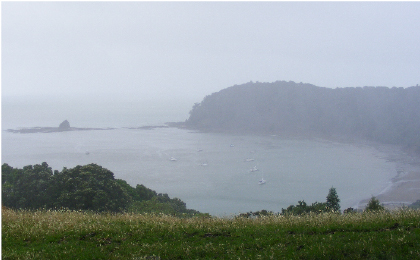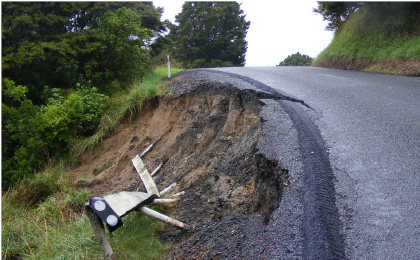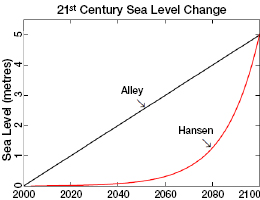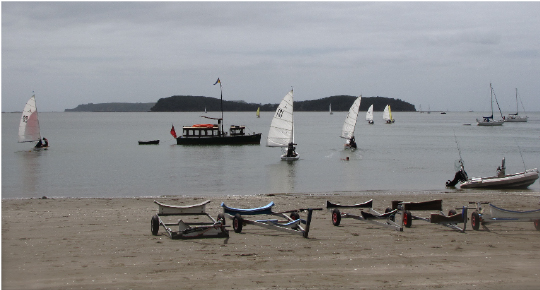Will to ensure Wilma not wasted

Nine Apiece: Regatta morning saw only nine vessels at anchor in Sullivan Bay, where normally there’d be ninety. Likewise, Mita Bay and the Pukapuka had only nine apiece. photographer Cimino Cole
There were just nine apiece in Sullivans, Mita and the Pukapuka. Nine, where of a Mahurangi Regatta morning there would normally have been 90 or more vessels in each of the harbour’s weather‑favoured bays.
Wilma maintained her tropical cyclone status right into Northland waters. And as if to underline her serious intent, the deluge reduced Ngārewa Drive to one lane, where signs of subsidence had been evident for some time at the brow of the hill above Mita Bay. Had the event not been cancelled, stop/go paddles would have been needed to draft through the 1000 or more cars bound for Sullivan Bay.
On average, Aotearoa sees a little more than one tropical cyclone per year. La Niña generally brings more, and this cyclone season has already brought three within five days, if the Vania–Zelia twosome can be counted as two—sisters certainly produced storm surge enough for two—170 millimetres or so of which peak was anthropogenic sea level rise. Queensland, which had already seen record-breaking flooding even before the cyclone season got underway, received its first cyclone, Anthony, Sunday night and is braced for its next, a worryingly large system Fiji named Yasi, on Wednesday night. With so much of the season yet to play out, the lucky country is expecting more where Cyclone Yasi came from.

Ngarewa Drive: The road to the regatta at Sullivan Bay has been rendered oneway, possibly for some time given the walloping Wilma gave roads elsewhere. Photographer Cimino Cole
The effect of global warming on the El Niño/La Niña Southern Oscillation is the subject of increasingly intense research, but it is improbable that there will be no effect:
Using calculations based on historical El Niño indices, we find that projections of anthropogenic climate change are associated with an increased frequency of the [central Pacific] El Niño compared to the [eastern Pacific] El Niño.
What is well understood is that warming fuels tropical cyclones—hurricanes, to American climate scientist Kevin Trenberth:
Over the past 35 years, the Atlantic’s sea surface temperature has increased one degree Fahrenheit. The result: A four-percent increase of atmospheric water vapour and a six to eight-percent increase in rainfall.
Any climate change that heralds heavier rain is not good news for the harbour. The Mahurangi Action Plan was initiated in 2004, in response to the elevated sediment accumulation rate identified in studies commissioned by then regional council, ten years earlier. The studies identified that the vast bulk of soil loss occurs in extreme weather events, such as those that have just hit the harbour.

Unlikely to be Linear: Five-metre sea level change in 21st century under assumption of linear change (Alley, 2010) and exponential change (Hansen, 2007), the latter with a 10-year doubling time. Paleoclimate Implications for Human-Made Climate Change James E Hansen and Makiko Sato
While 869 hectares have potentially been protected by riparian fencing and planting under the plan, this represents only 11% of the pastoral land in the Mahurangi catchment. Fortunately, what started as a five-year plan was formalised in September as the Mahurangi Action Plan: A Strategic Plan for the Catchment 2010–2030.
The plan contains specifics of actions required to minimise the damage that La Niña, ex– tropical cyclones, and anthropogenic global warming generally, is bringing. Exponential sea level rise suggests:
Selectively plant the shoreline with a broad band of indigenous coastal vegetation to reduce foreshore erosion and increase resilience to sea level rise
Sadly, even with such a programme, sandy beaches such as those of Mita and Sullivan bays will be but a lamented memory by the latter part of this century. Now is the time to act, while the rate of rise is merely 34 millimetres per decade. Sand-binding plants and appropriate back dune planting could prolong the life of beaches such as Te Muri for decades. Elsewhere, where wave action will inexorably carve into clay soil, pōhutukawa will generally be the best line of defence.

Promise of 2012: Thanks to the work of Brian Ladyman, future Mahurangi Regattas will see much more centreboard sailing. And such was the enthusiasm of the Mistral sailors that they raced anyway, the day after Wilma canned the 2011 regatta. photographer Jenny Finlayson
The objective, or course, is not to stop coastal erosion, as that is impossible, but to minimise the mess—to see a less-muddy conditions prevail, more of the time.
Kim Morresey, the senior of the two Auckland Council staff members concerned with the Mahurangi Action Plan, is keen to ascertain if friends of the Mahurangi are up for further round of action plan workshops. The question is likely to form the theme of the first after‑work Mahurangi Club gathering of 2011—Monday at the Mahurangi River Winery. Certainly there is need to put more meat on the beautiful bones of the twenty-year plan.
An opening topic for the 2011 workshops, could usefully be how to best ensure future Mahurangi Regattas serve to further rally the action needed to make the harbour more resilient, including to ex-tropical downpours.
That way Wilma’s washout will not be wasted.
